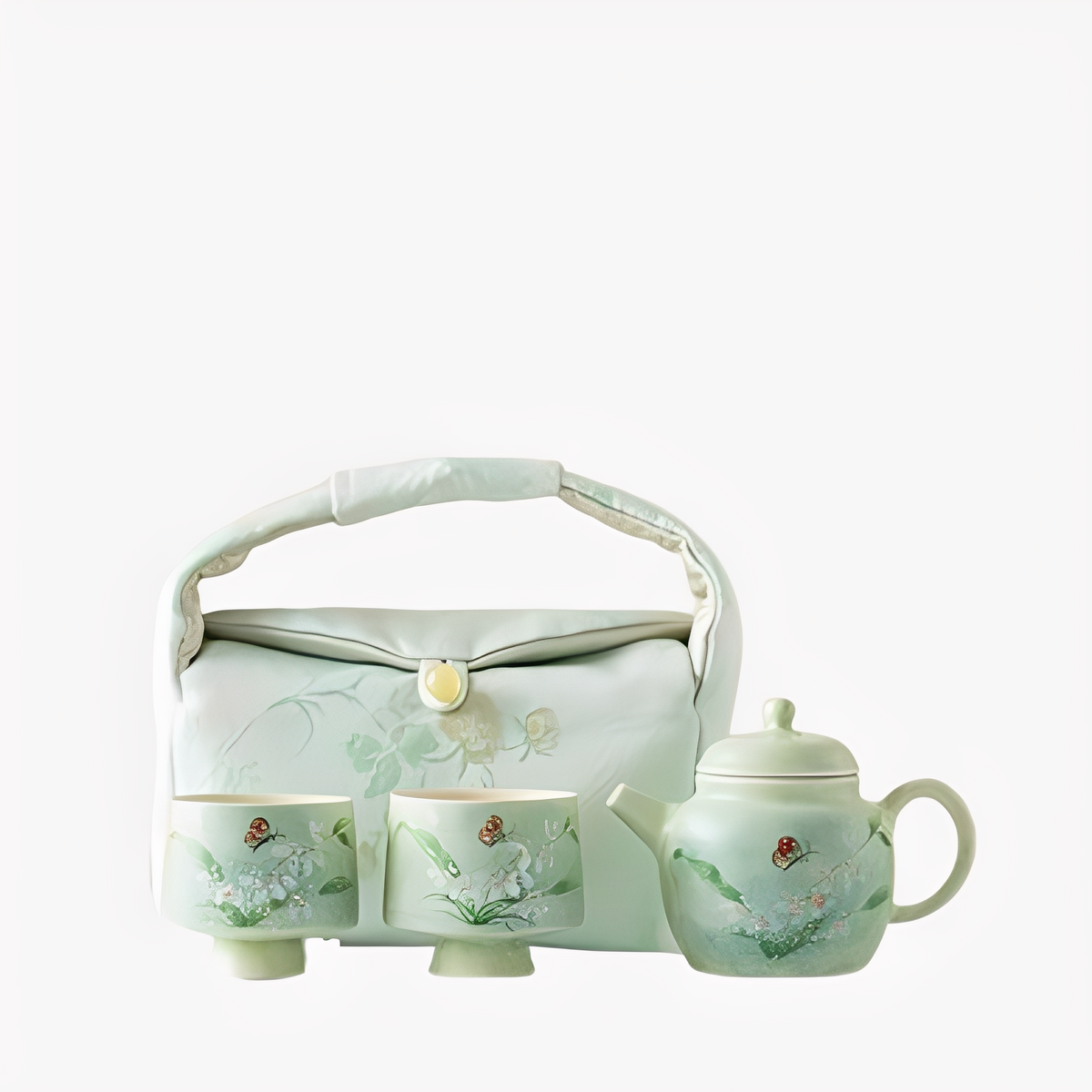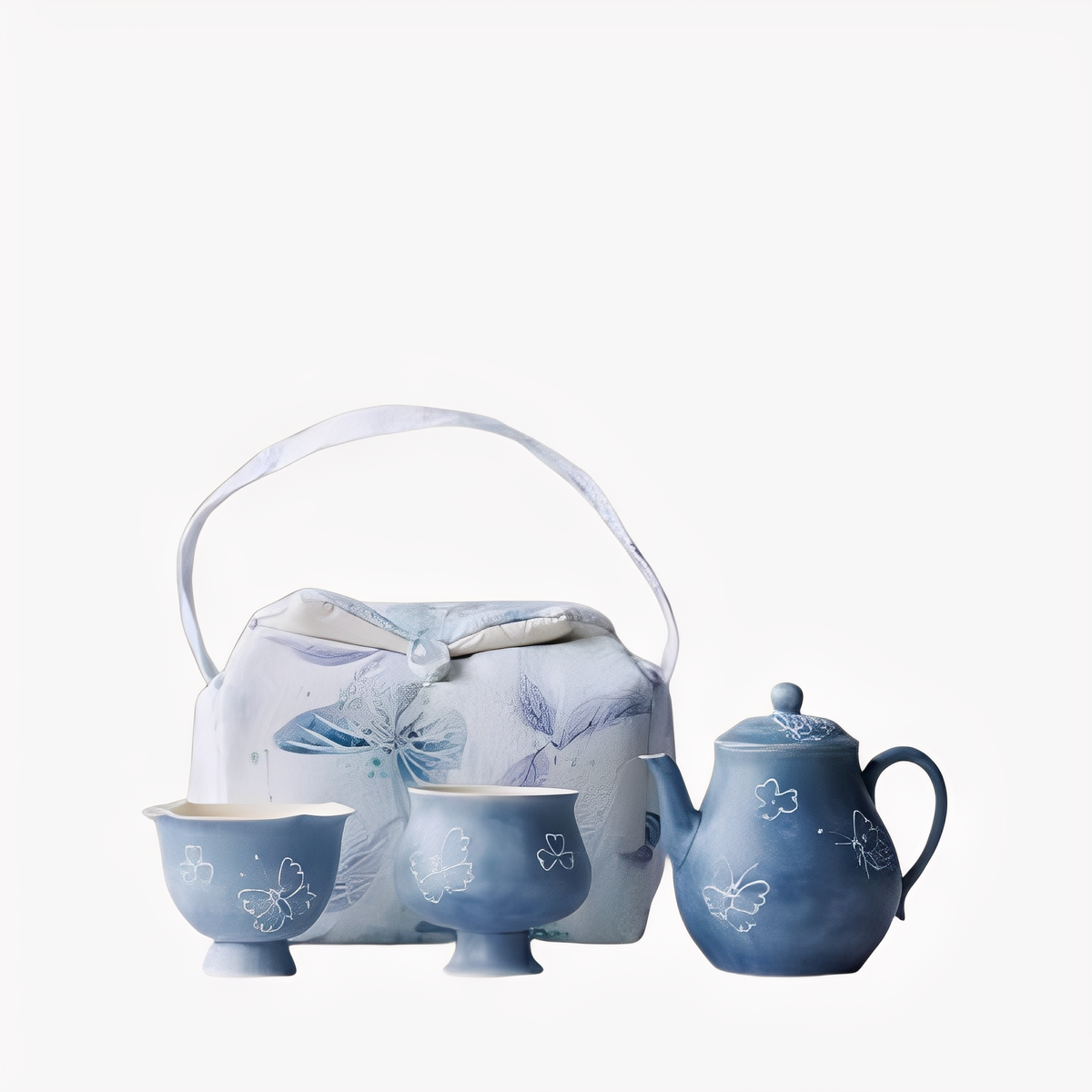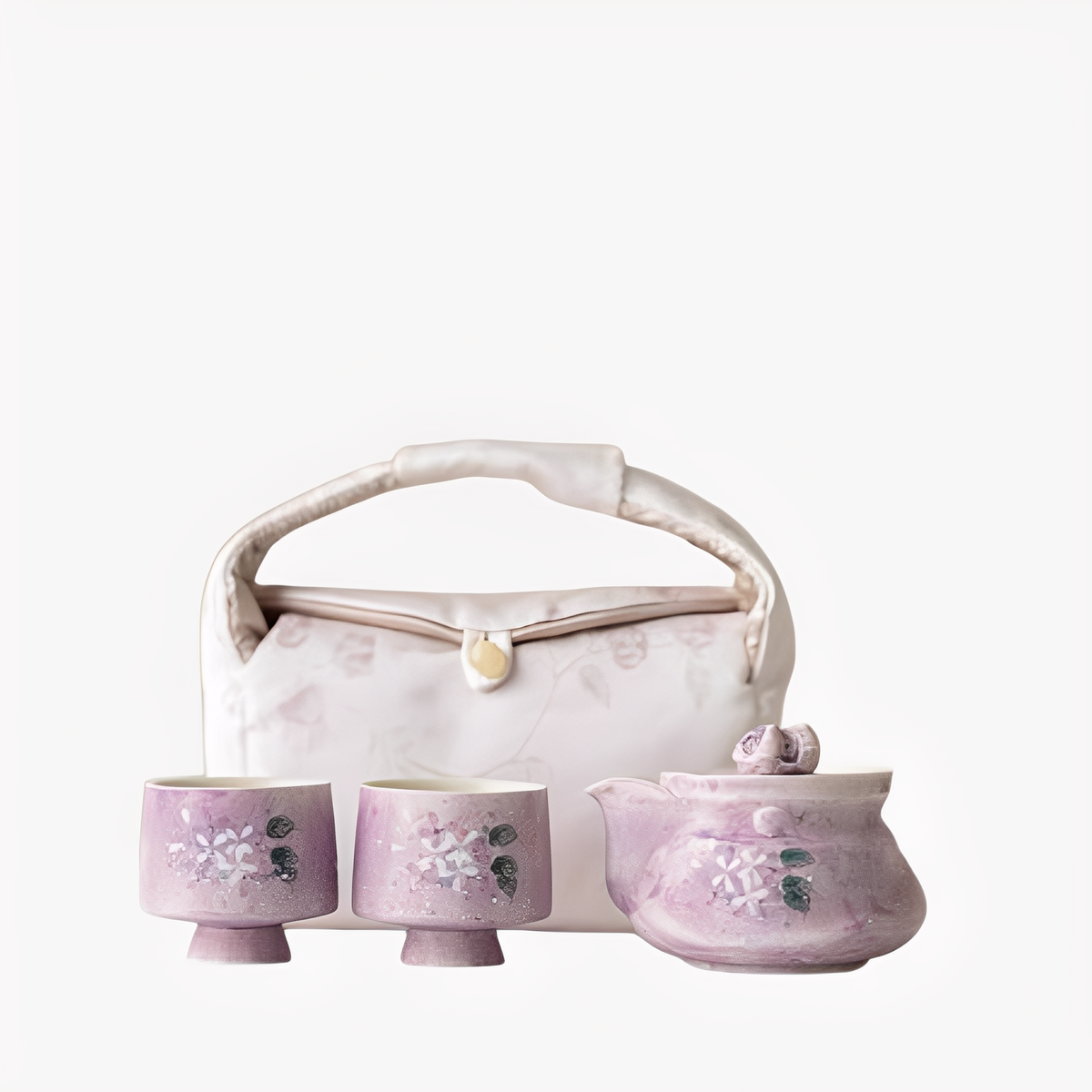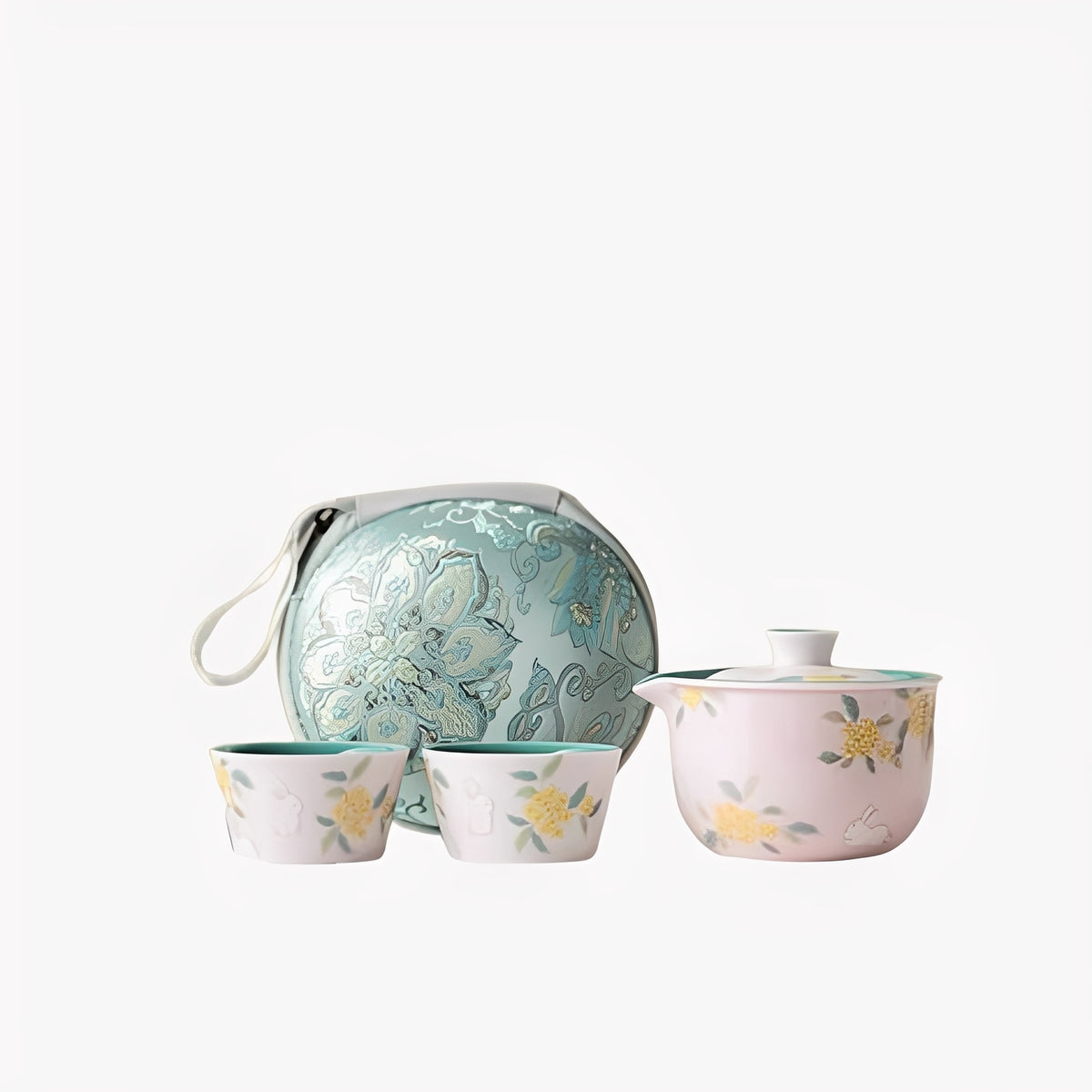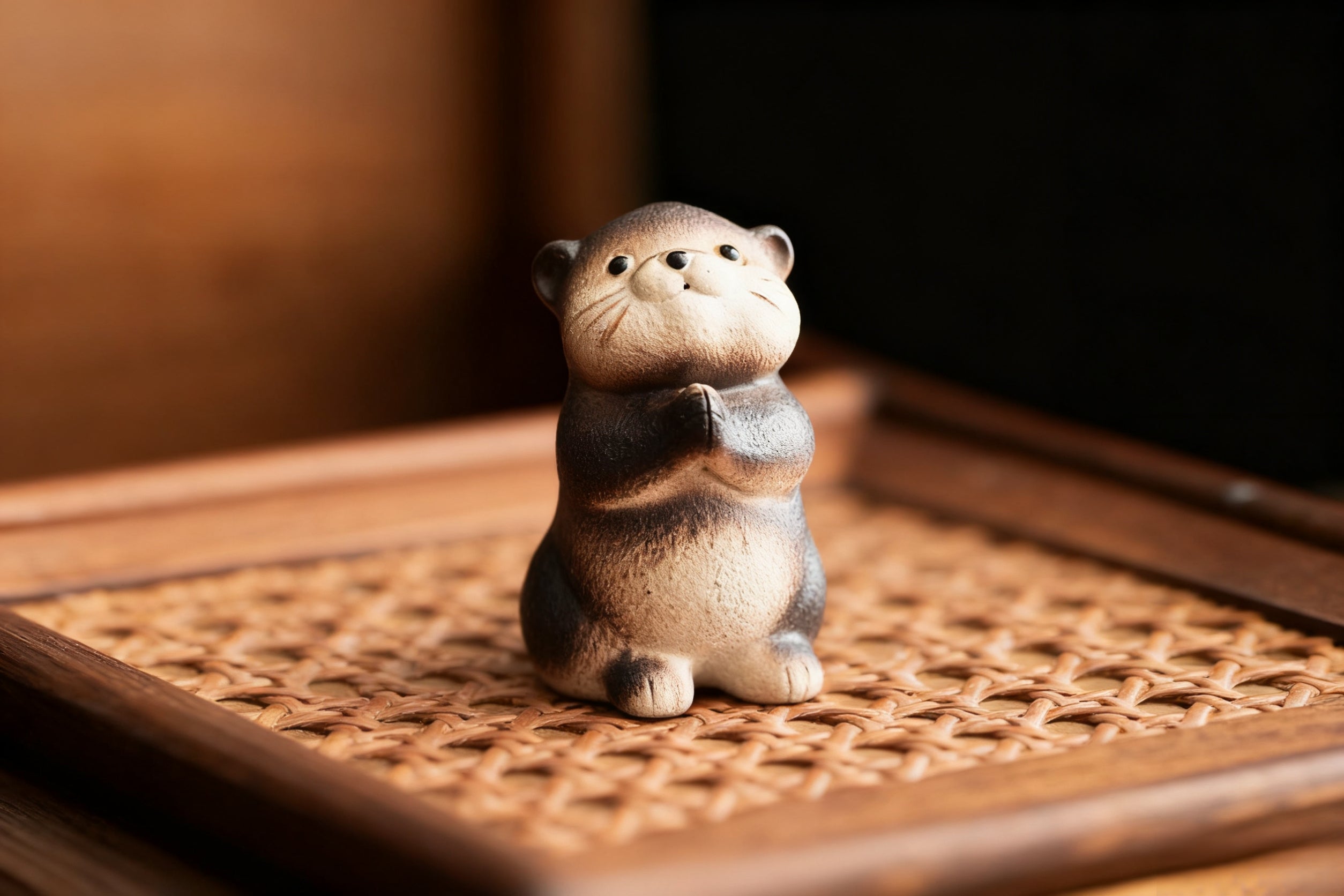Introduction: What is a Chinese Tea Pet?
Imagine the serene ritual of a Gongfu tea ceremony: the fragrant steam rising from a Yixing teapot, the rhythmic pouring of amber-colored tea, and the shared quiet among friends. Amidst the elegant teaware, you might spot a small, intriguing figure—a dragon, a toad, or a Buddha—seemingly sharing in the moment. This is no mere ornament. This is a Chinese tea pet, a silent but significant companion in the world of Chinese tea culture. But what exactly is a tea pet? In essence, a Chinese tea pet is a small clay sculpture, traditionally crafted from the same prized Zisha clay found in Yixing, China. Unlike a statue meant for display, a tea pet is an interactive part of the tea practice. It is ceremoniously "fed" by pouring leftover tea or hot water over it after each brew. This act is more than just a whimsical habit; it is a mindful ritual that embodies respect for the tea, cultivates patience, and deepens the connection to the art of tea brewing. For enthusiasts, raising a tea pet is a cherished tradition, a journey that is believed to attract good luck, positive energy, and a unique sense of joy to the tea table. This comprehensive guide will delve into the history, meaning, and practical care of these fascinating figures, exploring why a tea pet is an essential element for anyone serious about traditional Chinese tea.
The History and Symbolism Behind Tea Pets
The history of the Chinese tea pet is deeply intertwined with the rise of Yixing teaware, which dates back to the Song Dynasty and flourished during the Ming and Qing Dynasties. As artisans in Yixing perfected the art of crafting porous Zisha clay teapots, renowned for enhancing the flavor of tea, they began using leftover clay to create small figures. These early tea pets were a natural byproduct of a resourceful craft. Initially, they might have served as test pieces for apprentices or as charming gifts for patrons. Over centuries, they evolved into an integral part of the tea ceremony, symbolizing the harmony and prosperity that tea brings.
How to Care for and "Raise" Your Tea Pet

The relationship with a tea pet is not passive; it is an active practice of care and attention. Knowing how to care for a tea pet is crucial to enjoying this unique aspect of Chinese tea culture. The ultimate goal is to develop a rich, even patina—a sheen that comes from years of loving attention. Here is a step-by-step guide to raising your tea pet:
The journey begins with choosing a tea pet that resonates with you. Once you have your new companion, the first step is seasoning. Gently rinse your tea pet with clean, warm water to remove any dust from the crafting process. This initial cleansing prepares it for its lifelong diet of tea.
After you have brewed and enjoyed your tea, instead of discarding the leftover tea leaves or the last drops from your pot, pour them over your tea pet. Ensure the tea is warm, not boiling, as extreme heat can damage the delicate clay over time. Use a small brush to spread the tea evenly over the entire surface of the figure. This consistent "feeding" is the core of how to maintain your tea pet's patina.
After feeding, you can gently brush the tea pet with a soft, dedicated brush. This helps distribute the tea oils evenly, prevents tea residue from accumulating in crevices, and encourages a smooth, glossy patina to form. It is a meditative act that connects you more deeply with your tea pet.
Do not let your tea pet sit in a pool of water. After feeding and brushing, allow it to air dry naturally at room temperature. Some enthusiasts even gently pat it dry with a soft cloth. This drying period is essential for the patina to set and for the tea pet to "digest" its meal.
A common question among beginners is, "What type of tea should I use?" While any tea can be used, many connoisseurs recommend using one type of tea (e.g., only Pu-erh or only Oolong) to develop a consistent color. Pu-erh tea is particularly favored for raising a tea pet because of its rich, dark color, which can lead to a deep, attractive patina more quickly. Remember, patience is key. The beauty of a well-raised tea pet unfolds over months and years, not days.
A Guide to Common Types of Chinese Tea Pets
The world of Chinese tea pets is wonderfully diverse, extending far beyond static symbolic figures. While traditional sculptural tea pets are beloved, there are also interactive and functional types that add an element of surprise and practicality to the tea table. Understanding these different types of tea pets allows you to choose one that best suits your personality and tea style.
These are among the most magical tea pets for beginners and experienced practitioners alike. They appear one color (often light gray or white) when dry. However, when "fed" with hot tea, they undergo a dramatic transformation, changing color to reveal intricate patterns like dragons, flowers, or calligraphy. This effect is achieved through a heat-sensitive chemical coating. While not made from traditional Zisha clay, they offer immediate visual feedback and are a fantastic, fun introduction to the ritual of interactive tea pets.
Explore Color-Changing Tea Pets →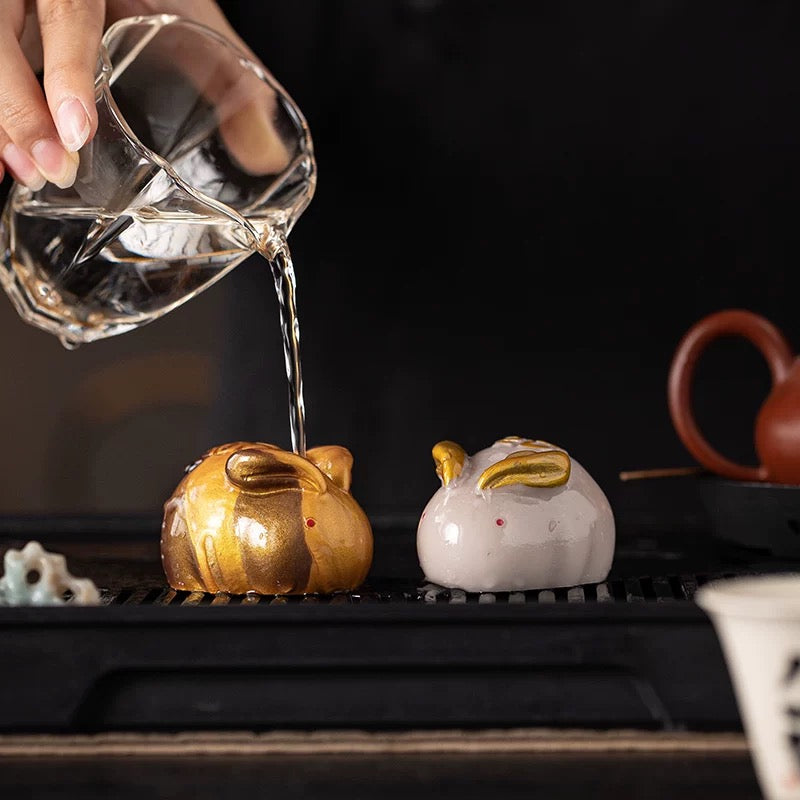
These tea pets add a dynamic, playful element to your tea session. They are hollow, with a small, inconspicuous hole. The fun lies in the physics. You first fill the tea pet with cool water through the hole. Then, when you pour the hot tea from your pot over the outside of the figure, the air trapped inside heats up and expands. This expansion creates pressure, forcing the cool water inside to spray out in a fine stream—a delightful trick that never fails to impress guests and illustrates the clever design of functional Chinese tea pets.
Discover Water-Spraying Tea Pets →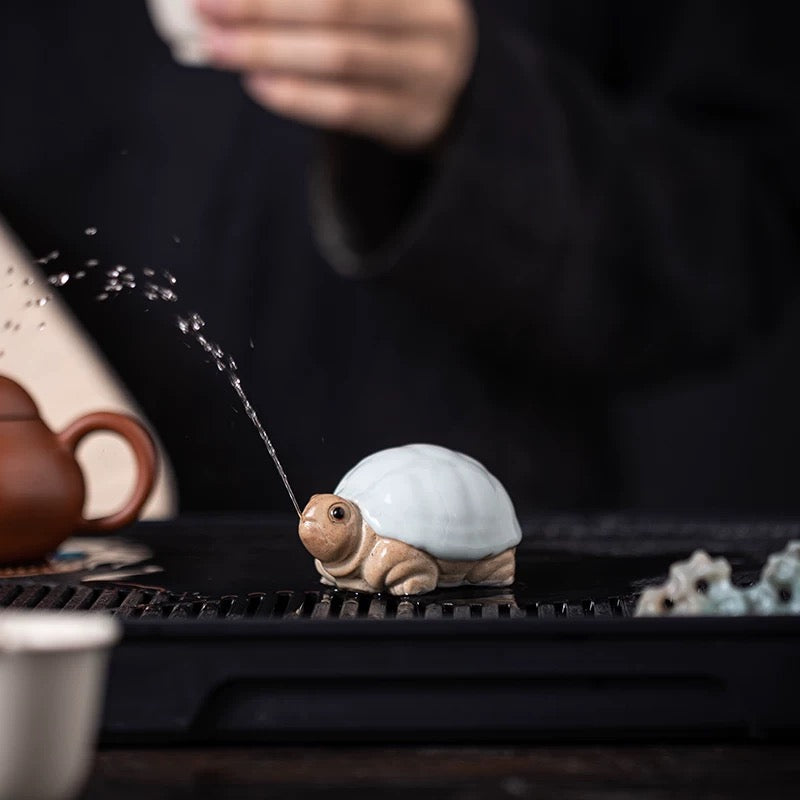
A close relative of the water-spraying tea pet, these are specifically engineered for bubbling entertainment. The principle is similar: fill with cool water, pour hot tea on the outside. However, their internal structure is designed to create a bubbling effect instead of a spray. Seeing your tea pet blow bubbles adds a whimsical and light-hearted atmosphere to the tea ceremony, making it a favorite for informal gatherings.
View Bubble-Blowing Tea Pets →
This category represents the perfect marriage of form and function. A lid-rest tea pet is designed with a groove, a platform, or a specific shape to securely hold the lid of your teapot when you remove it to add leaves or water. This prevents the lid from rolling away or getting damaged and keeps your tea table organized and elegant. Often shaped like small branches, lotus leaves, or other natural forms, these practical tea accessories are indispensable for any serious tea enthusiast, seamlessly blending utility with the tradition of tea pet culture.
Browse Lid-Rest Tea Pets →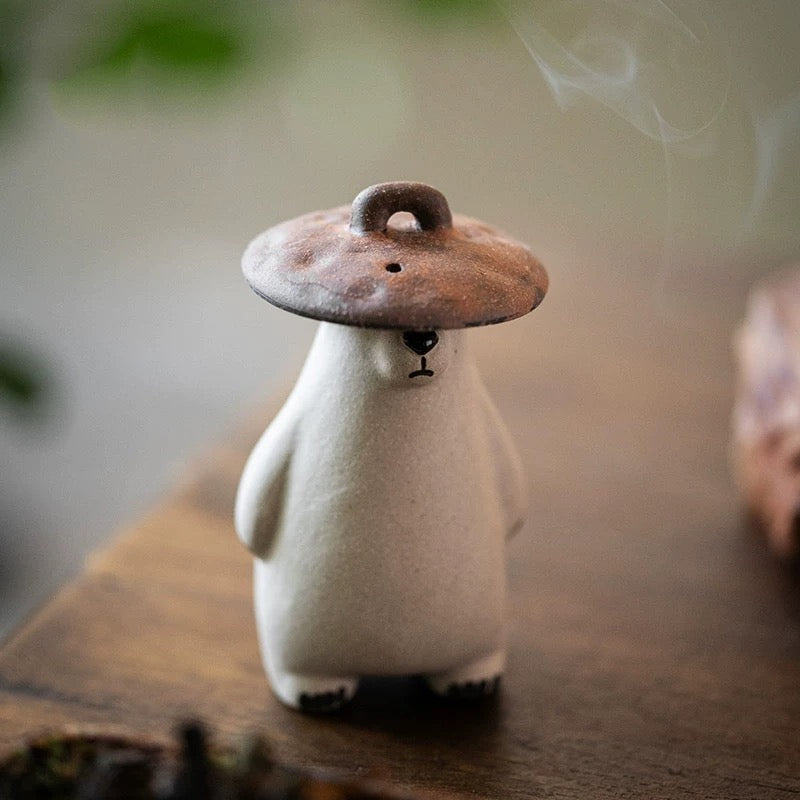
Conclusion: Your Journey with a Tea Pet Begins
A Chinese tea pet is far more than a decorative item for your tea tray. It is a repository of culture, a symbol of auspicious wishes, and a patient companion on your personal tea journey. The practice of raising a Chinese tea pet teaches mindfulness, rewards consistency, and deepens one's appreciation for the intricate layers of Chinese tea culture. From the profound symbolism of a mythical Pixiu to the playful surprise of a bubble-blowing toad, there is a tea pet for every personality and purpose.
We invite you to explore this unique tradition. Choose a tea pet that speaks to you—whether for its meaning, its function, or simply its charm. Begin the rewarding process of caring for it, and watch as it transforms, just as your own understanding of tea deepens. Your journey with a tea pet is a long-term conversation with the art of tea itself, a silent dialogue that brings endless luck, joy, and serenity to every cup you brew.
